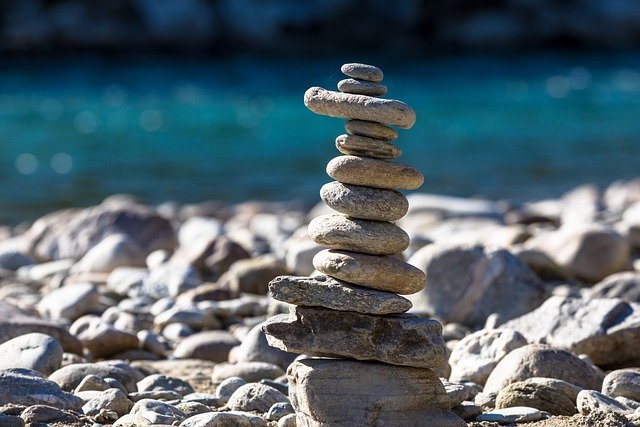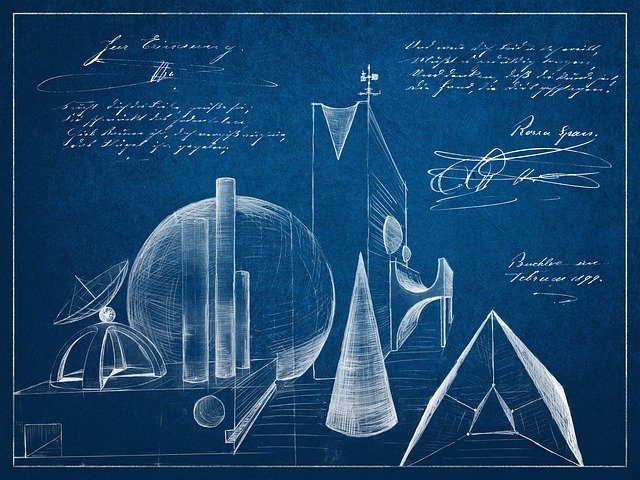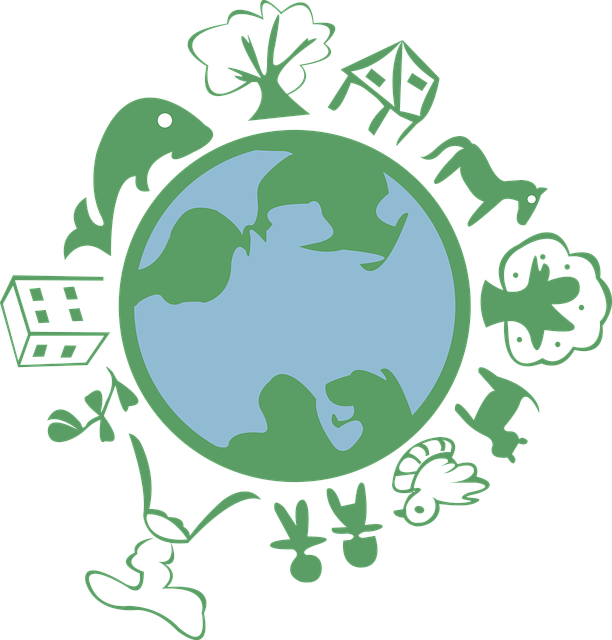 Learning for life in the 21st century must be as flexible and varied as the world around us. We each participate in a global economy, even if we never leave home! Students experience many teachers in their lifetime, from family to school to the wider world. They may spend the entire day with one teacher and move from topic or activity to another, or they may learn from many different teachers in a day. So how do we prepare for what is known and what hasn’t even been imagined yet?
Learning for life in the 21st century must be as flexible and varied as the world around us. We each participate in a global economy, even if we never leave home! Students experience many teachers in their lifetime, from family to school to the wider world. They may spend the entire day with one teacher and move from topic or activity to another, or they may learn from many different teachers in a day. So how do we prepare for what is known and what hasn’t even been imagined yet?Study, Plan, Do: Prepare for Interdisciplinary Learning
While interdisciplinary instruction is not revolutionary and many have tried before, continuing research about how students learn and how they will need to apply that learning in an evolving workplace inspire us to revisit interdisciplinary learning. Flexibility, agility, creativity, and deep concept understanding are keys to success now and in the future. Maine DOE supports placing students at the center of your thinking and planning by considering their whole experience throughout the day. Is the learning like bumper cars, bouncing from one encounter to the next? Or is their learning more like a spider web with everything connecting near or far?
- Study
-
Foundations at early elementary levels remind us to weave into the essential literacy and numeracy instruction essential elements of discipline learning that prepare students for deeper learning. Understanding the building blocks of interdisciplinary instruction includes
- a broad understanding of what it means to be a 21st century citizen,
- rethinking grading practices to assure equity for all,
- building learning environments that are inviting, inclusive, and conducive to meaningful learning
- teaching for conceptual understanding and creating the conditions for learning transfer
- using PBL structures to connect instruction, learning, and application
- Plan
-
- Begin planning by determining what individuals and groups need to know
- Develop a plan for professional learning
- Develop goals for professional learning linked to student learning
- Reflect on current needs, areas for improvement, and successful practices
- Create a map to develop a growth plan
- Do
-
- Explore promising practices that suggest improved outcomes and meet your learning goals
- Consider small tweaks at first
- Make big changes after careful study and planning
Maine DOE Interdisciplinary Instruction Team is ready to support you!


